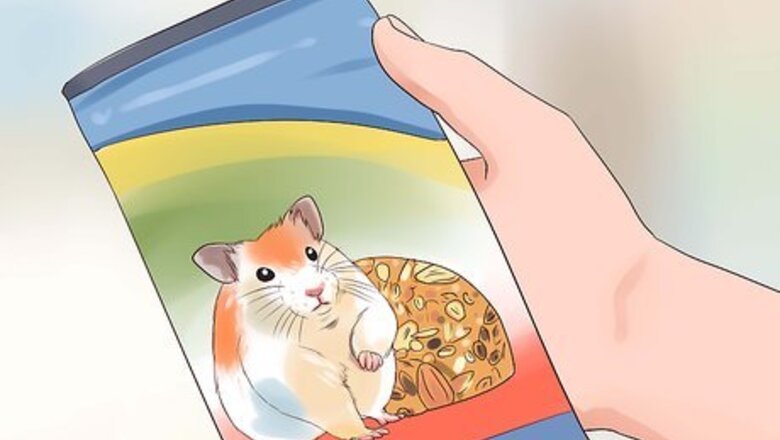
views
Buying the Right Food
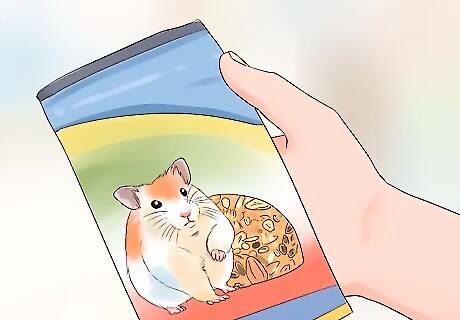
Purchase commercial hamster mix from a pet store. Most of a hamster’s diet should be made up of commercial hamster food. These are usually composed either of pellets or seed mixes. They are designed to accommodate your hamster’s diverse nutritional needs. Because hamsters are adverse to changes in their diet, when you purchase food, consider buying what your hamster was fed at the pet store. After a few weeks, slowly transition it to a different food source, should you choose to. If you are feeding your hamster a seed mix, make sure that it does not only eat the sun flower seeds. Hamsters prefer these, but they will not satisfy all of your hamster’s nutritional needs.
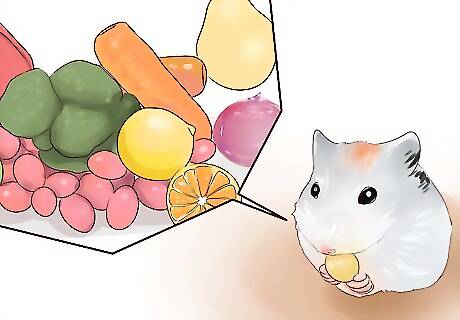
Supplement your hamster’s diet with fresh food. Try to give your hamster a small portion of fruit, vegetable, or protein either every day or every other day. A portion size equivalent to a couple of raisins is appropriate. Leftovers can rot, contaminating the cage. Good vegetables to feed your hamster include: turnips, carrots, chicory, spinach, parsley, pumpkin, endive, cauliflower, broccoli, green beans, and asparagus. Good fruits to feed your hamster include: raisins, seedless apples, berries, pears, plums, and peaches. Seeds and pits can be poisonous, so be sure to keep these away from your hamster. Once a week you can add some additional protein to your hamster’s diet with pieces of a hardboiled egg. Be mindful that food hasn’t spoiled and remove it from the cage when it begins to go bad. Fresh food should generally be removed from the cage within a few hours of the initial feeding.
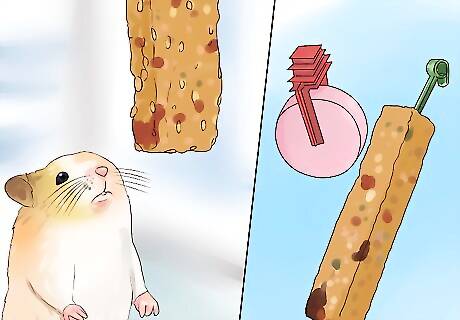
Give your hamster hard treats. It is important to give your hamster a hard treat approximately once a week. These help keep your hamster’s teeth in good shape and can be a source of additional nutrition or even recreation. At a pet store you can purchase treats that hang from the top of your hamster’s cage. These forces them to work to get their food and can facilitate play. Mineral or salt licks are a good way to provide your hamster nutrition as maintains its teeth.
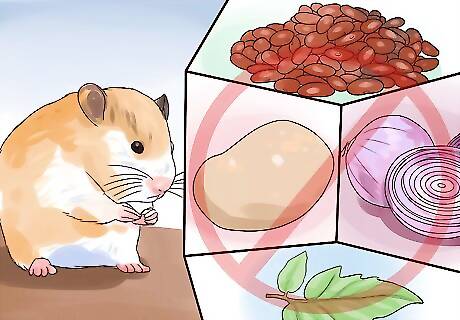
Know what foods to avoid. You should avoid feeding your hamster kidney beans, citrus fruits, onion, potato, rhubarb, and tomato leaves. Junk food, chocolate, alcohol, and candy are also bad for your hamster.
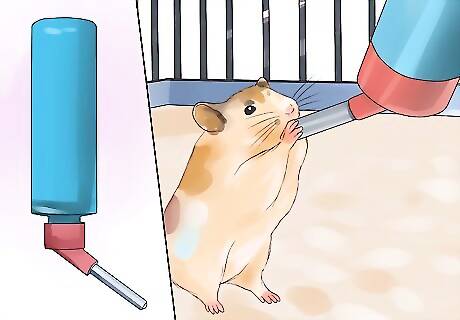
Purchase a water bottle. Hamsters are liable to knock over a water dish, creating sanitary problems. At the pet store purchase a bottle that can hang on your hamster’s cage. Refill regularly with bottled water. Be sure to clean the water bottle at least once a week.
Feeding Your Hamster
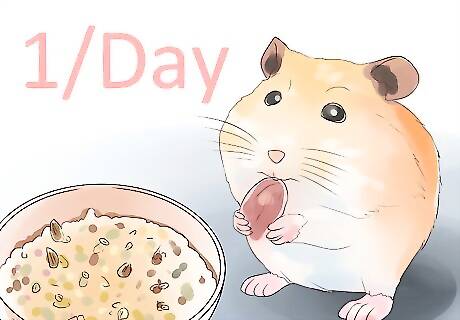
Feed your hamster once per day in either the morning or evening. Specialists differ as to whether it is better to feed your hamster in the morning or evening. It is important, however, that hamsters eat regularly. So pick one time and stick with it. Some experts recommend night time feedings because hamsters are nocturnal and thus will be awake throughout the evening. Others, however, point out that they like to wake up sporadically throughout the day and snack. It is unclear which time is best.
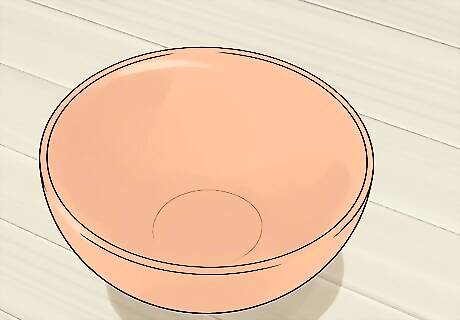
Purchase a small ceramic bowl. Hamsters can scratch up plastic bowls, creating crevices which foster the growth of bacteria. A small bowl is preferable to a large one, because it will leave space in the cage for your hamster to play.. Place the bowl at the opposite side of the cage from your hamster’s bathroom area. You will find that your hamster goes to the bathroom in one corner of his cage. Note where that spot is and then place the bowl as far from it as possible. Wash the bowl with soapy water during your weekly cleaning of the cage.
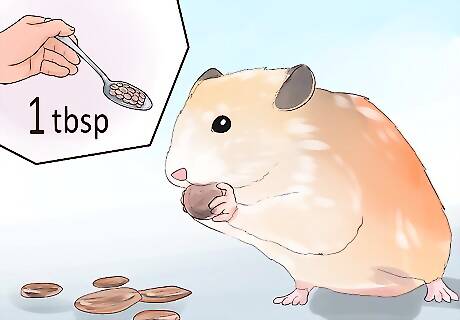
Give your hamster approximately a tablespoon of pellets per day. Supplement this as described above with treats. It can be tempting to overfeed hamsters because you will often find that their bowl will quickly empty. But, hamsters horde food, so it is probable that they actually have food, but have hidden it.
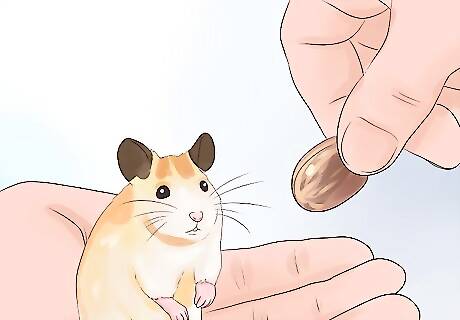
Try hand-feeding your hamster his treats. This can be a good way to bond and build positive associations with your hamster. As you offer food with one hand, use the other to pet or hold your hamster. Slowly build up to more contact.
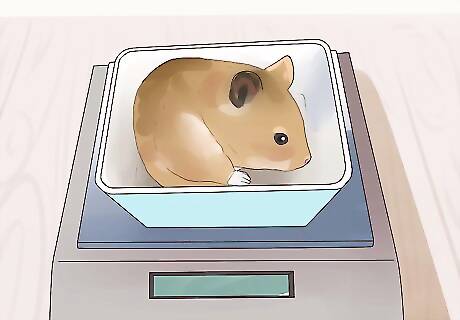
Monitor your hamster's weight. Because they have so much extra skin, it can be difficult to tell when a hamster is becoming obese. A Syrian should weight approximately one ounce per inch of length. Also, if your hamster appears slow and sluggish, it is possible you should modify its diet.



















Comments
0 comment